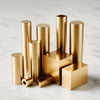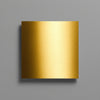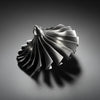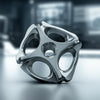CNC Machining Parts
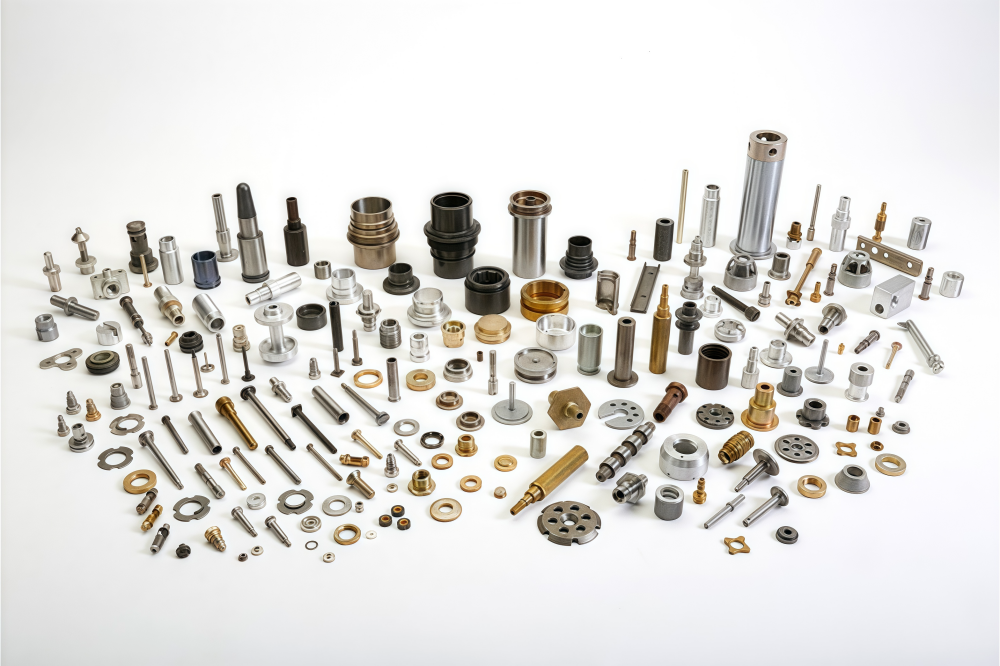
1. CNC Plastic Machining

ABS is a prevalent material choice for CNC milling applications, extensively used in manufacturing:
-
Medical device housings (top/bottom covers)
-
Consumer electronics casings (phone/headphone shells)
Its machinability and cost-effectiveness (typically $1.2-1.8/kg) make it the most economical engineering plastic.
To maintain cost efficiency for large-scale projects, manufacturers employ disassembled machining + acetone solvent welding:
-
Material Compatibility
-
Exclusively bonds identical/similar thermoplastics (e.g. ABS-ABS)
-
-
Process Flow
-
Secure components in jigs with ≤0.1mm alignment tolerance
-
Apply acetone at joint interfaces (0.05-0.1ml/cm²)
-
-
Curing Mechanism
-
Solvent diffusion induces polymer chain entanglement
-
Achieves 85-90% of base material strength (superior to adhesives)
-
2. CNC Machining of Automotive Optical Parts

The machining of automotive optical-grade transparent components demands continuous advancements in CNC equipment and cutting tools to maintain industry-leading quality standards. Integrating 5-axis precision milling with diamond tooling enhances the capability to produce intricate geometries and optical-grade surface finishes.
Diamond cutting tools have become a mainstream solution for automotive optical components, enabling mirror-finish cuts without post-processing. Manufacturers increasingly adopt micro-diamond tools (R0.1 radius) for critical optical elements like light guides and reflectors to achieve sub-micron surface roughness (Ra <0.05μm).
5-axis simultaneous machining presents significant challenges in automotive optical machining. This process requires synchronized movement of both the rotary table and cutting tool. Given that PMMA (acrylic) is the predominant material—known for its brittleness—the risk of stress-induced cracking escalates during 5-axis operations. Key mitigation strategies include:
-
Reduced cutting forces (≤0.05mm chip load)
-
Cryogenic machining (-50°C coolant to minimize thermal stress)
-
Toolpath optimization (avoiding sharp directional changes)
3. CNC Machining of High-Precision Aluminum Parts

In metal machining, aluminum parts are as commonly processed as ABS plastic. Numerous automotive mechanical components and equipment parts are manufactured from aluminum, where hole tolerances are strictly controlled alongside surface roughness requirements.
In high-precision aluminum machining, surface finish is a critical design consideration. Three distinct roughness parameters are used:
-
Rz (Maximum Height of Profile)
-
Rmax (Maximum Peak-to-Valley Roughness)
-
Ra (Arithmetic Average Roughness)
While a surface may exhibit uniform finish characteristics, each parameter has its own tolerance classification.

- Roughness Average (Ra) is the arithmetic mean of absolute values along the roughness profile. As one of the most widely adopted surface finish metrics in engineering, Ra effectively quantifies height variations across a surface. Its standard units are micrometers (μm) or microinches (μin).
- Mean Roughness Depth (Rz) is the arithmetic average of individual roughness depths over consecutive sampling lengths.
- Maximum Roughness Depth (Rmax) represents the largest single roughness depth within the evaluation length.
4. CNC Machining of High Hardness Steel Parts

Most CNC manufacturers face a significant challenge when machining steel components. Since cutting tools are typically made of hardened steel, they must exhibit higher hardness than the workpiece material to avoid rapid wear or breakage during machining. This inherent characteristic makes steel more difficult to machine than non-ferrous metals, resulting in:
-
Reduced tool life (accelerated flank wear)
-
Increased machine tool wear (higher spindle loads)
Due to these constraints, manufacturers often allocate only two dedicated CNC machines for steel milling operations. This limited capacity extends lead times for steel machining projects.
5. 4-Axis and 5-Axis CNC Machining
Generally, many parts can be finished by 3-axis CNC, but for those parts with details on the sides or undercuts, 4-axis CNC or even 5-axis CNC machines are required to complete them.
Ready to Accelerate Your Product Development?
XTJ delivers ISO-certified prototyping solutions with 24-hour quoted lead times and full DFM feedback. Submit your design for instant analysis.
-
Posted in
cnc machining

